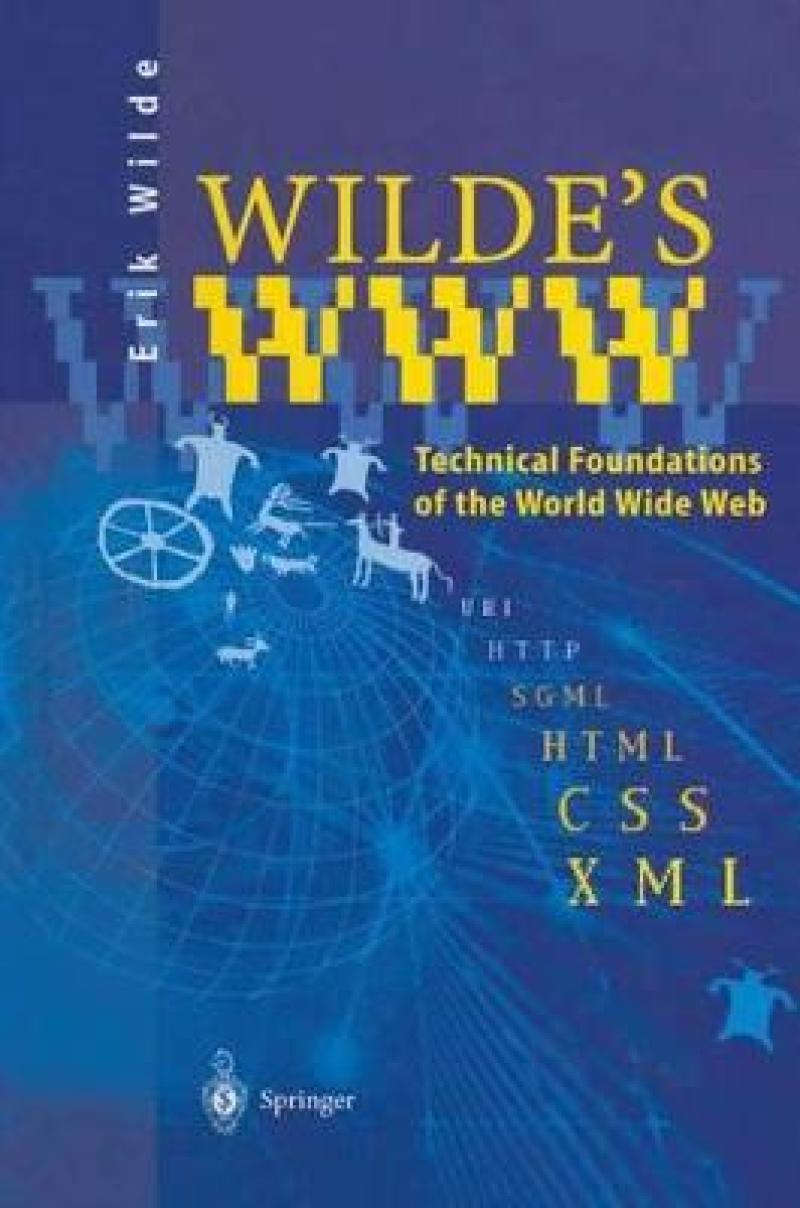What is the difference between a URL and a URI? How does HTTP fulfill its task? Why do we need XML? What is it, and will it eventually replace HTML? This book gives answers to these questions and a chore of others that may be asked by attentive inhabitants of cyberspace. The book is, of course, not just a glossary of abbreviations and frequently used terms. It is rather a comprehensive and still succinct presentation of the technology used in the World Wide Web. It is surprising to note that, even though hundreds of books have been published that discuss the Web, there have been none, so far, to thoroughly explain the inner workings of this popular Internet application, which is so simple to use and yet so complex when it comes to really understand what is going on inside. The target audience of this book is perhaps best described by how it was first used by the author himself: A draft version was chosen as the supporting text for a class of practitioners, who attended a continuing education course on WWW technology. These were people who knew what the Web is, and how it may be used for business, but needed to know how the technology works. During the planning for this course, the author found that no suitable book was on the market, and decided to write one himself.
Les mer
The target audience of this book is perhaps best described by how it was first used by the author himself: A draft version was chosen as the supporting text for a class of practitioners, who attended a continuing education course on WWW technology.
Les mer
1. Fundamentals.- 1.1 Document models.- 1.2 Web history.- 1.3 Terminology.- 1.4 The Internet.- I. Basics.- 2. Universal Resource Identifier (URI).- 3. Hypertext Transfer Protocol (HTTP).- 4. Standard Generalized Markup Language (SGML).- 5. Hypertext Markup Language (HTML).- II. Advanced.- 6. Cascading Style Sheets (CSS).- 7. Extensible Markup Language (XML).- 8. Scripting and Programming.- 9. HTTP Servers.- 10. Miscellaneous.- 11. Related Technology.- III. Appendices.- A. HTTP/1.1 Definitions.- B. HTML 4.0 Definitions.- C. XML 1.0 Definitions.- References.
Les mer
The World Wide Web is undoubtedly the development of the decade in the media world. Since its beginnings in 1990, the WWW has evolved from a rather simple model of resource names (URL), a transfer protocol (HTTP), and a language for the description of interconnected information pages (HTML), to a far more complex infrastructure. This book gives a thorough technical description of all relevant WWW developments up to the time of writing, including the latest versions of the transfer protocol (HTTP/1.1) and description language (HTML 4.0), the foundations of the description language (SGML and its upcoming variant XML), style sheets (CSS1), server issues (SSL, CGI, and Apache as an example of a Web server), and some issues that will be of increasing importance in future (MathML, VRML, PNG).
Les mer
Springer Book Archives
Springer Book Archives
A solid reference work on the World Wide Web, giving the practicioner comprehensive details of how it works Firmly anchored technical description of current WWW definitions and standards Presents the most probable future trends in WWW technical development Includes supplementary material: sn.pub/extras
Les mer
Produktdetaljer
ISBN
9783642958571
Publisert
2012-01-23
Utgiver
Vendor
Springer-Verlag Berlin and Heidelberg GmbH & Co. K
Høyde
235 mm
Bredde
155 mm
Aldersnivå
Professional/practitioner, P, 06
Språk
Product language
Engelsk
Format
Product format
Heftet
Forfatter

